Hello. This is a new correspondent, Hanes.![]()
![]()
Suddenly, have you ever seen underground in Tokyo?
For those who commute by subway every day or go to the grocery section of the department store, this is the case.
The underground may be a familiar place.
However, you can see underground in Chuo-ku that such people will not know yet!
The identity of the underground is called a communal ditch.
Let's briefly explain for those who say "What is a common ditch?"
A communal ditch is a facility that houses lifelines such as telephone, electricity, gas, water and sewerage, etc. underground.
①Securing smooth road traffic (reduction of street construction)
②Securing safe lifeline accommodation space
③Improvement of Urban Landscapes
④Improvement of Urban Disaster Prevention Functions
This is the main objective.
Such an infrastructure that is difficult to see.
In Chuo-ku, you can see it from the observation windows installed at the following two locations.![]()
◼️ Nihonbashi Service Pipe Near the B1 Exit of Nihombashi Station on the Ginza Line
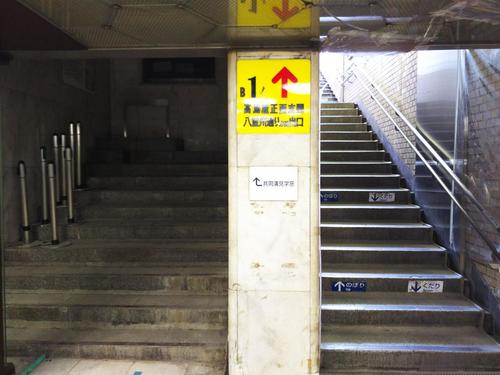
It's a bit difficult to understand, but there's a window at the end of the stairs on the left that can't get out of the ground.![]()
This communal ditch was set up in June 1972 under the sidewalk on both sides of the national highway from Nihonbashi Muromachi 3-chome to Kyobashi 3-chome.
It seems to be 2.7 km on both sides.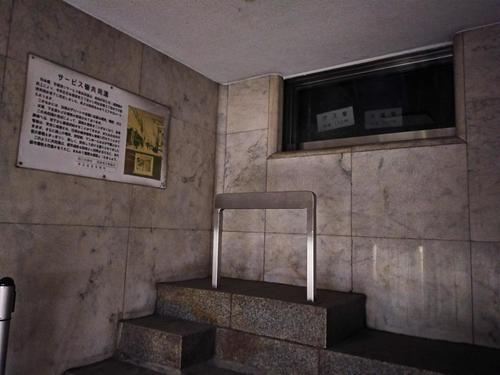
If you look into it, the infrastructure that supports the city was neatly housed!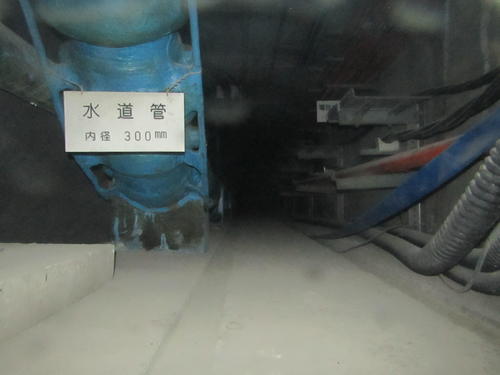
◼️ Near the A13 exit of Ginza Station on the Ginza Kyodo Mizo Ginza Line (directly connected to Matsuya)
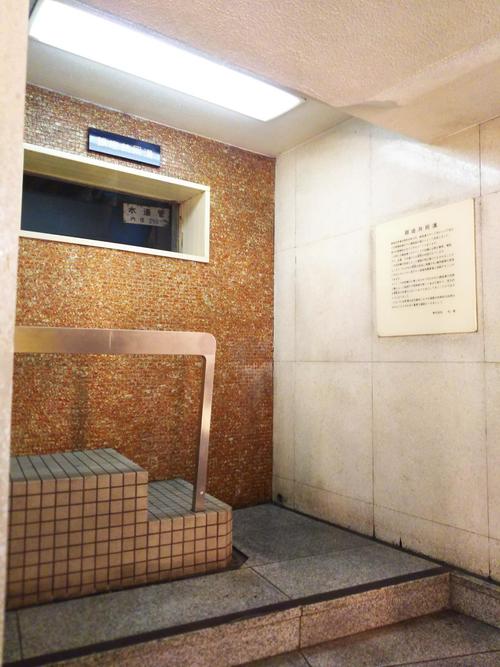
In the wake of the outbreak of cholera in 1832, the communal ditch was born in Paris the following year as a measure against sewage treatment.![]()
In Japan, as part of the Imperial Capital Reconstruction Project following the Great Kanto Earthquake (mid-1920s).
It is said that it was the first time that it was introduced on a trial basis at three locations including Yaesu Street.
This joint ditch in Ginza was held in October 1968 as a commemorative project for 1967.
It is set up under the sidewalks on both sides of 1-chome to 8-chome on Ginza Street, and extends 2km on both sides.
As a result, there were no telephone poles from Ginza, street trees and street lights were reborn.
A row of willow trees has come to be impressed as a landscape of Ginza.![]()
The transition is evident in the photos before the communal ditch was developed.
■State of Ginza Street in 1900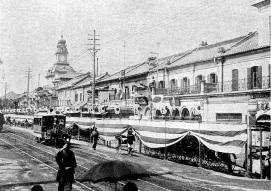
■The Ginza Kaido in 1911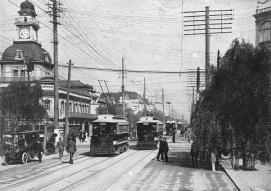
Even though something like a willow is shown, telephone poles and electric wires stand out.
I guess it's far from the clean Ginza landscape today.
It was the first time that a willow was planted in Ginza in 1877.
However, considering the history of the communal groove in mind.
It can be seen that it took about a century for willow to be established as a Ginza-like landscape.
It is the scenery of Ginza that has become commonplace now.
It was a surprising discovery that the infrastructure was realized by being housed underground.![]()
Now that we have become a convenient world, we tend to forget about infrastructure that we don't usually see.
In Chuo-ku, you can feel it close.
When you stop by for commuting, going to school, walking, or traveling, why don't you take a peek through the window?
[References and Website]
Yuriko Koike / Ryuichiro Matsubara (2015) "Poleless Revolution: Renewing the cityscape and increasing safety" PHP Institute.
Tokyo National Highway Office, Kanto Regional Development Bureau, Ministry of Land, Infrastructure, Transport and Tourism http://www.ktr.mlit.go.jp/toukoku/chika/index.htm
[Photo]
National Diet Library “Meiji and Taisho in Photos: From the Photo Book of the Diet Library” http://ndl.go.jp/scenery_top/
All digital images from the Diet Library have expired, and the copyright protection period has expired.

